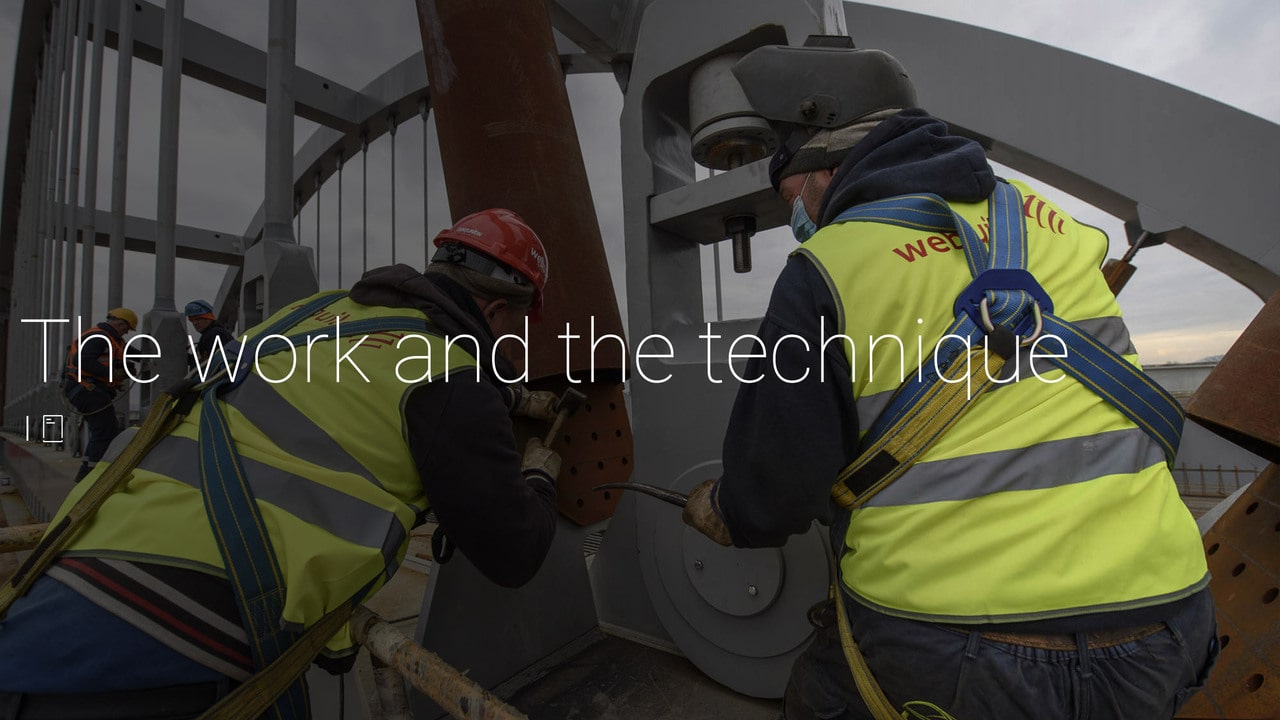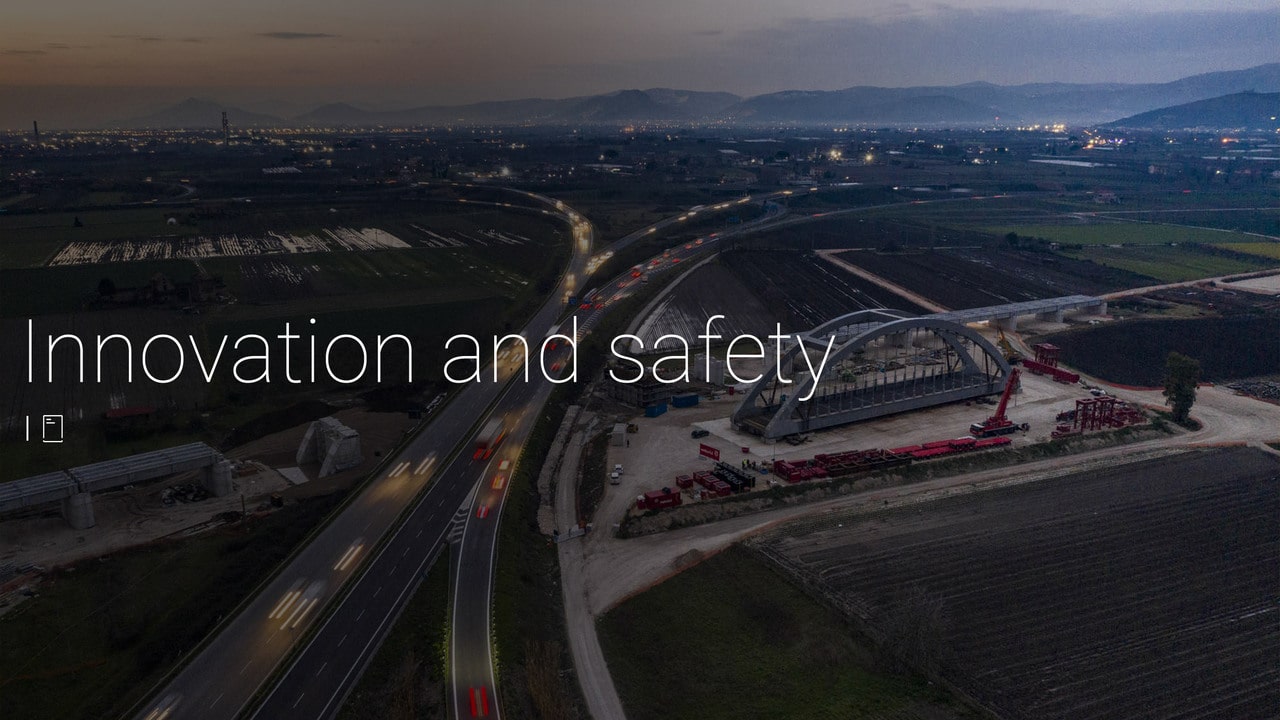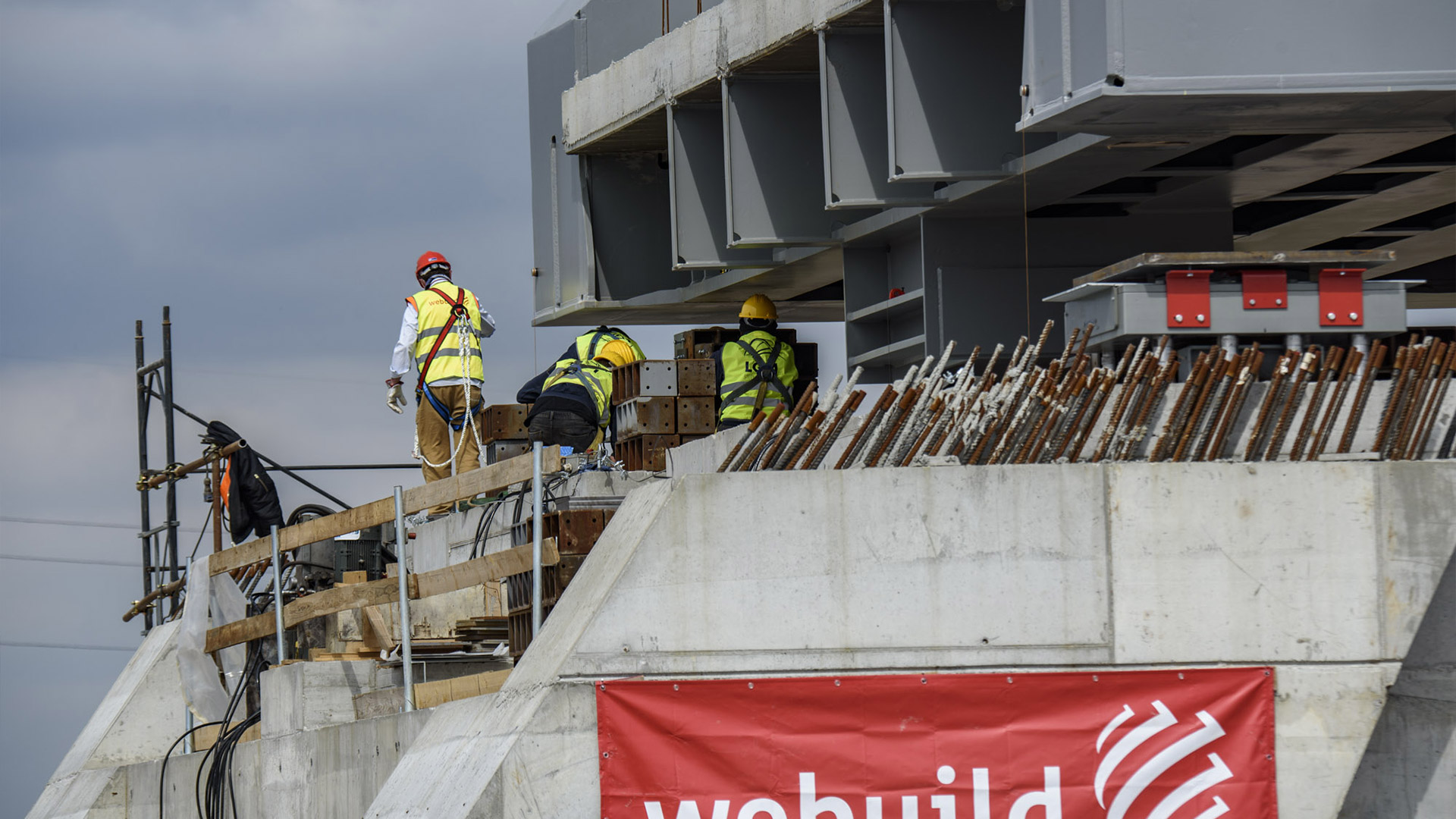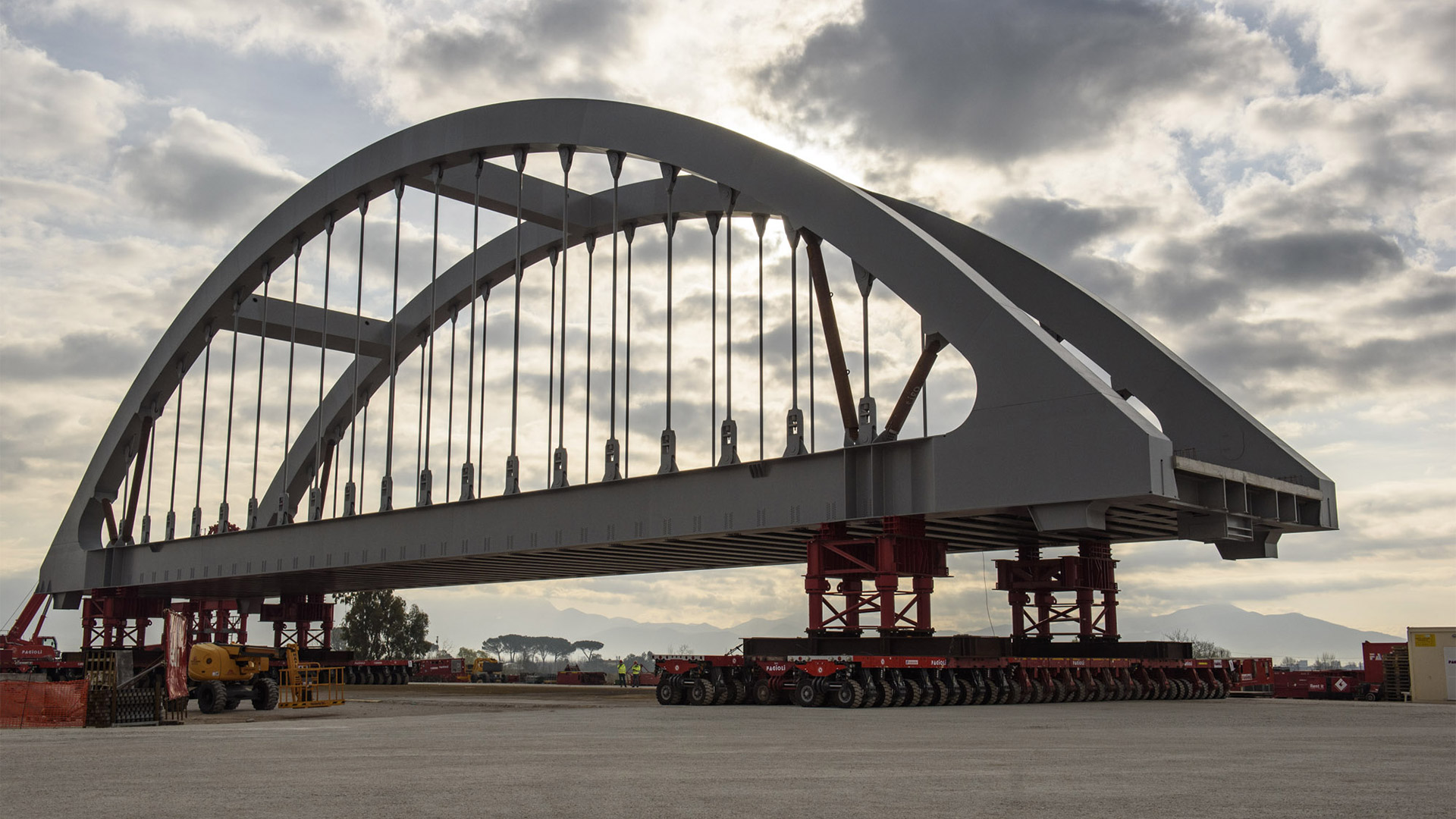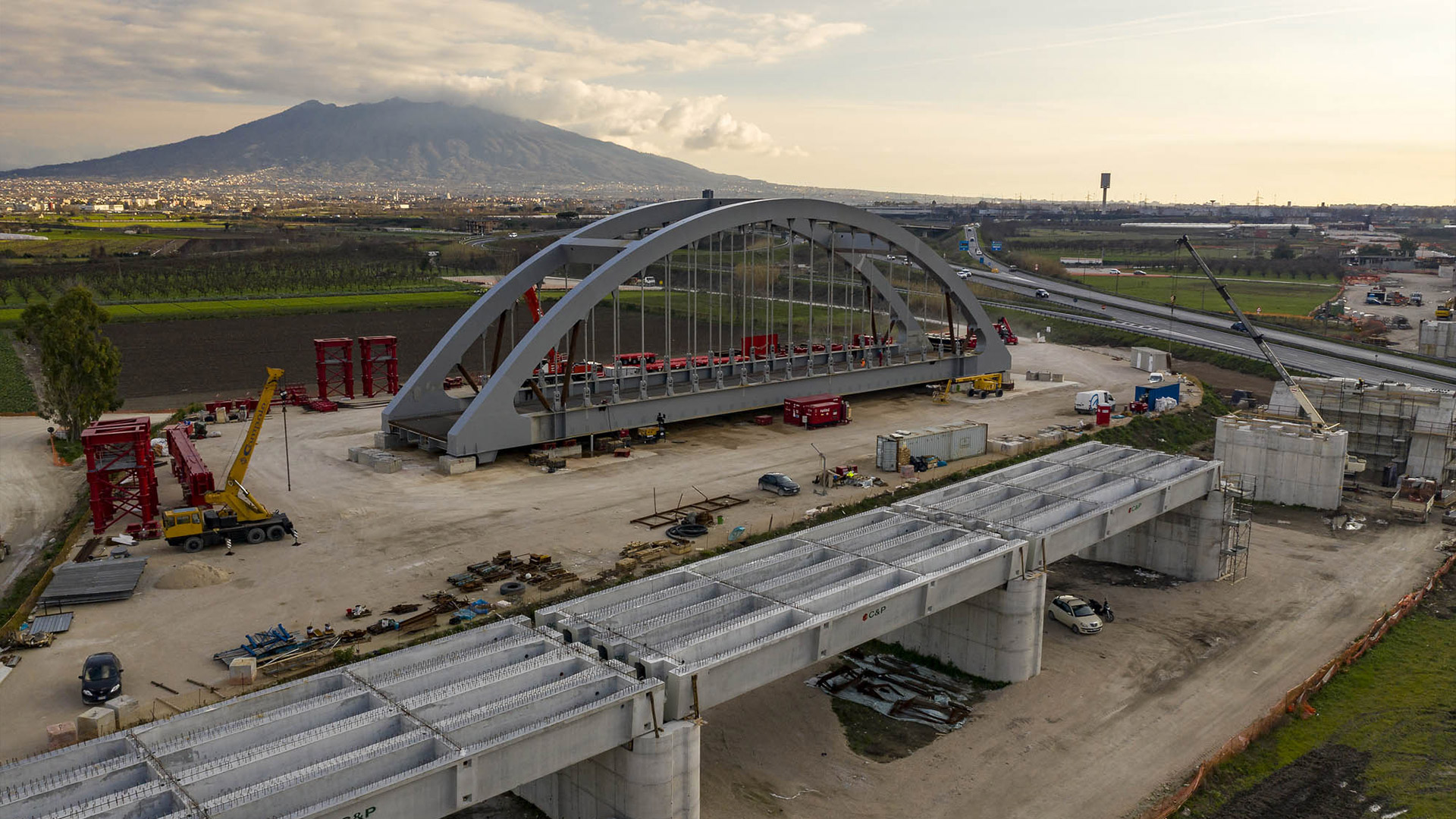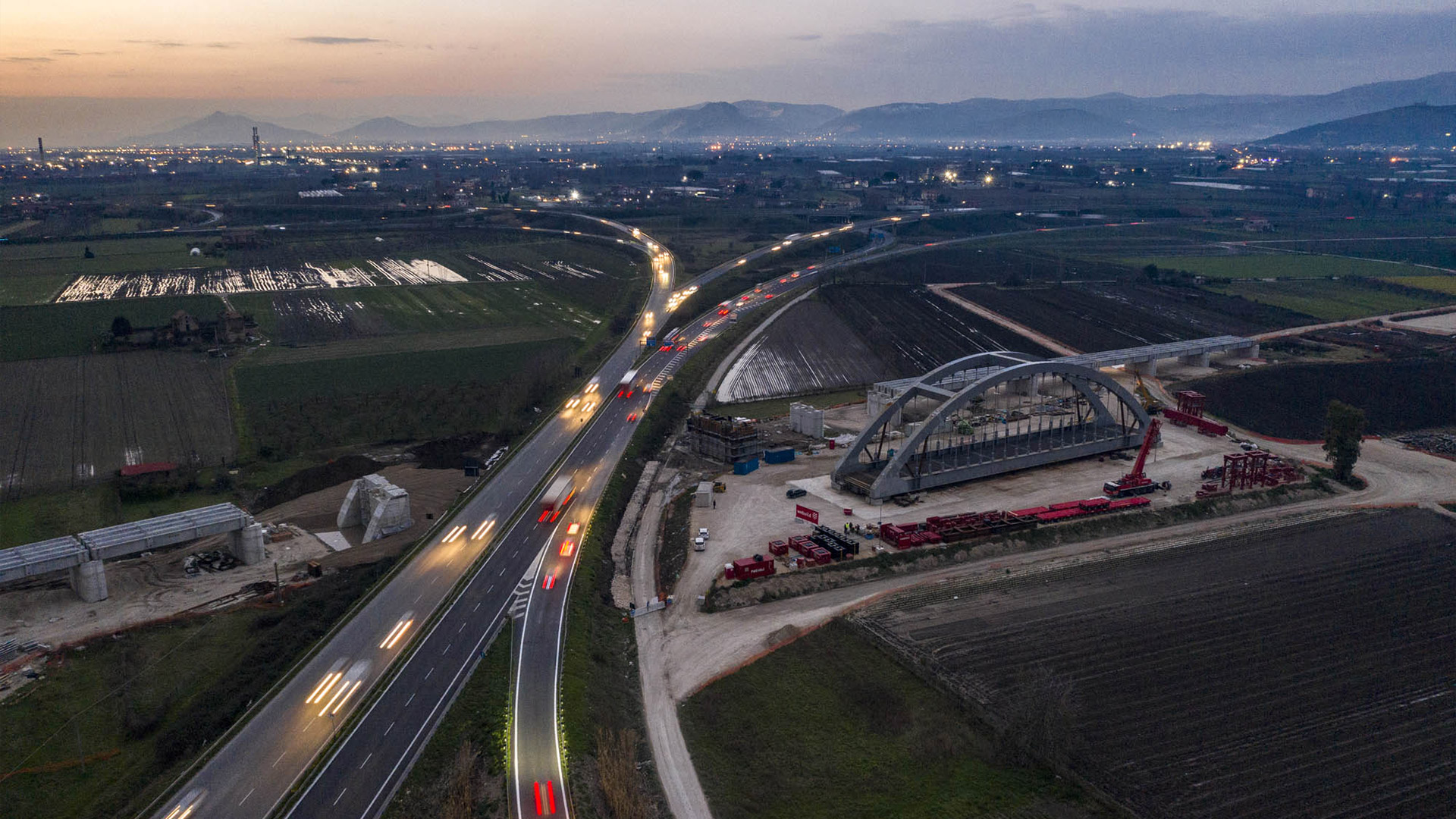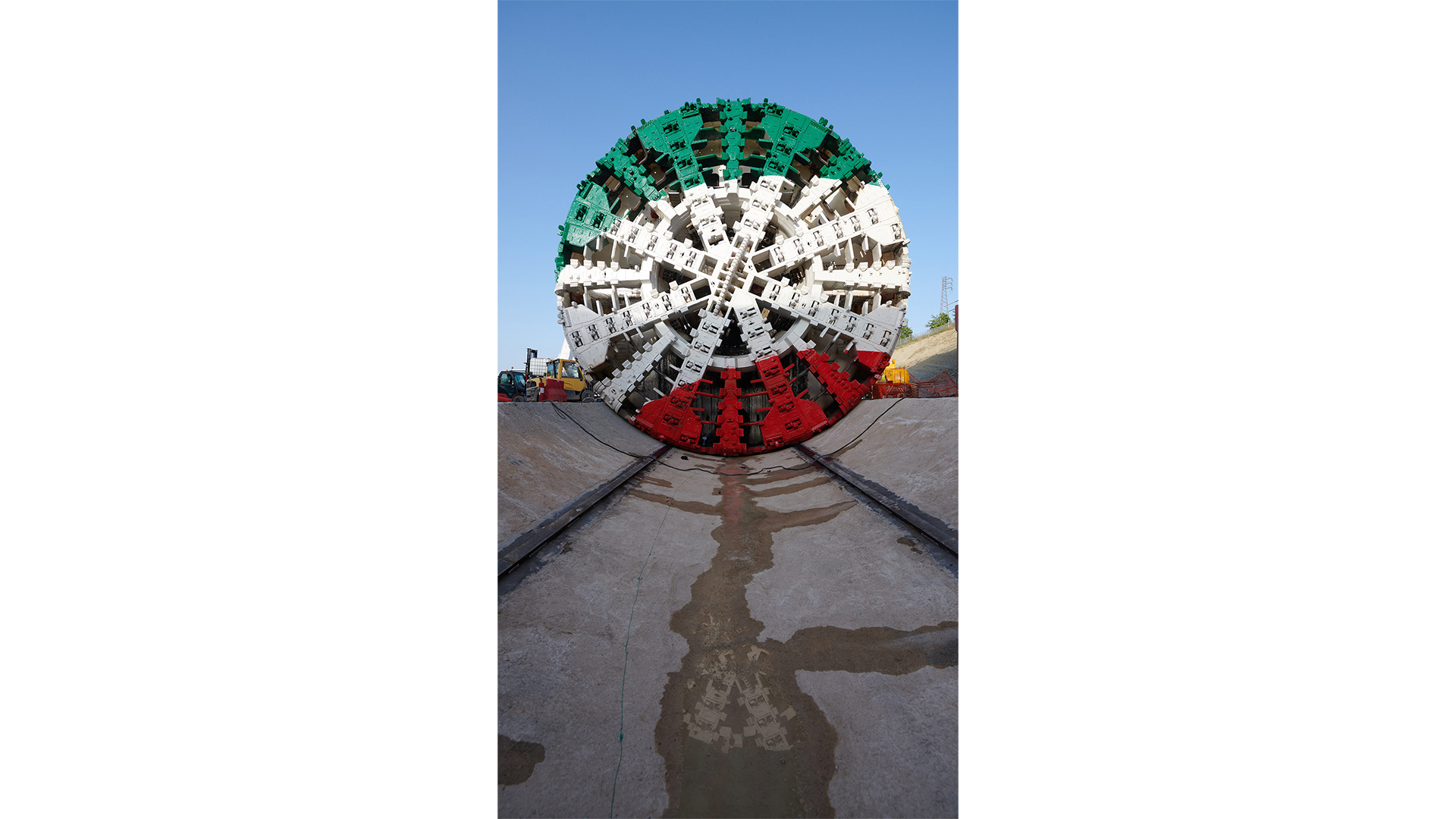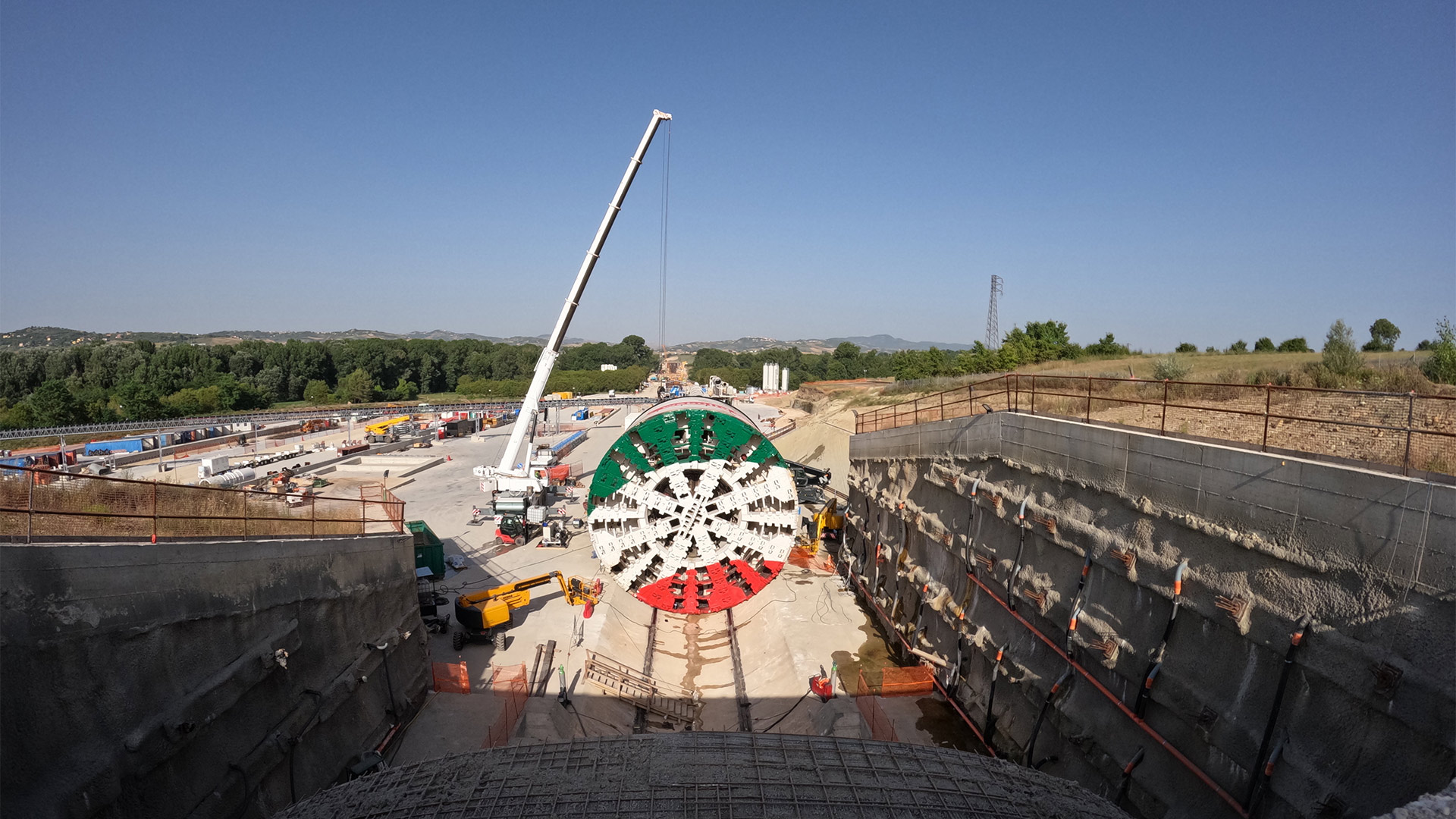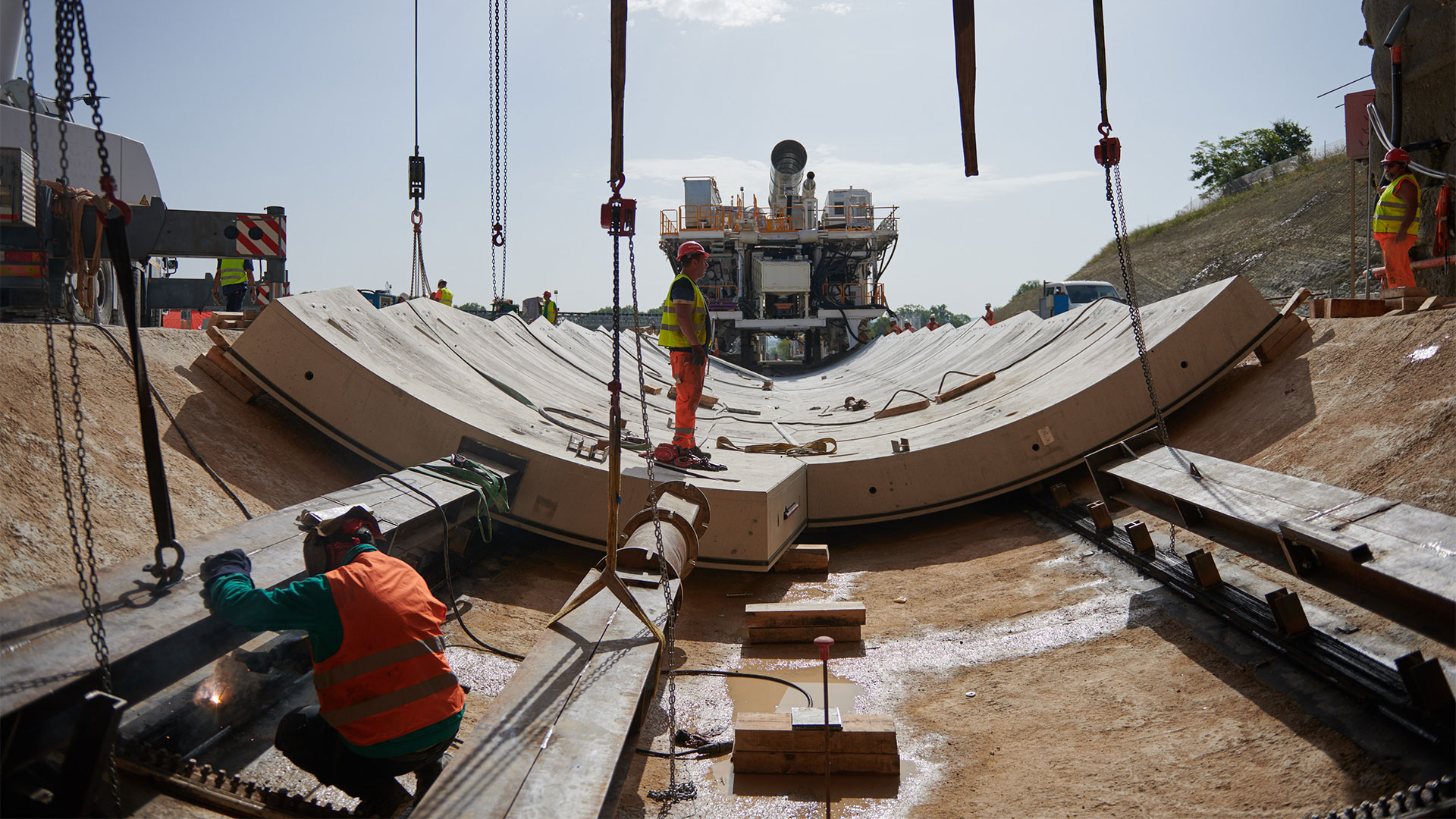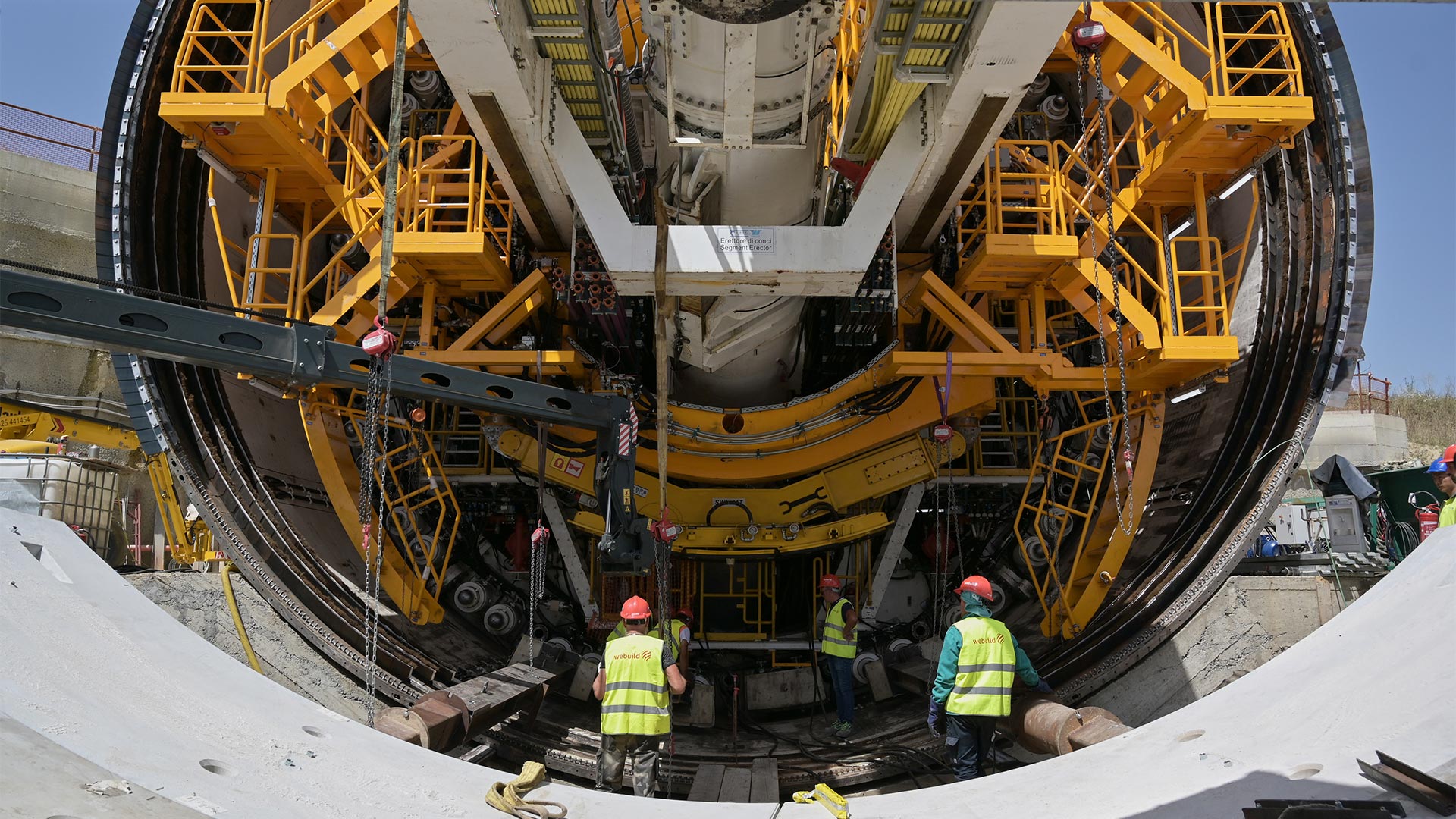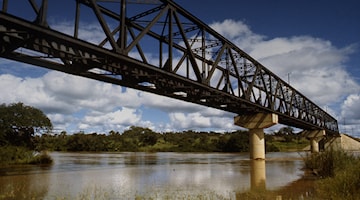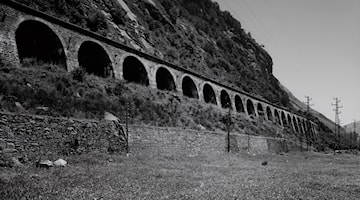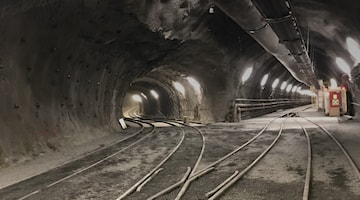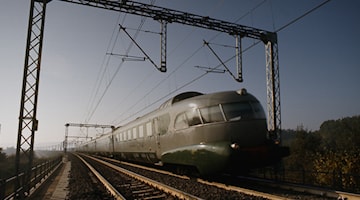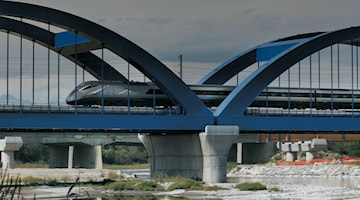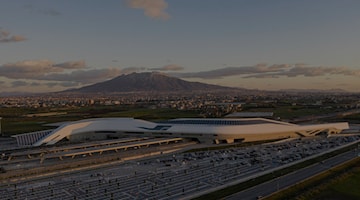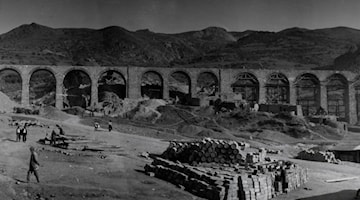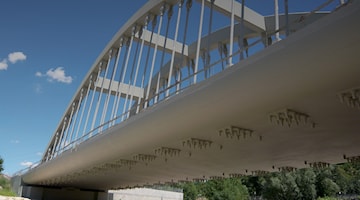Southern Italy can now hug Europe
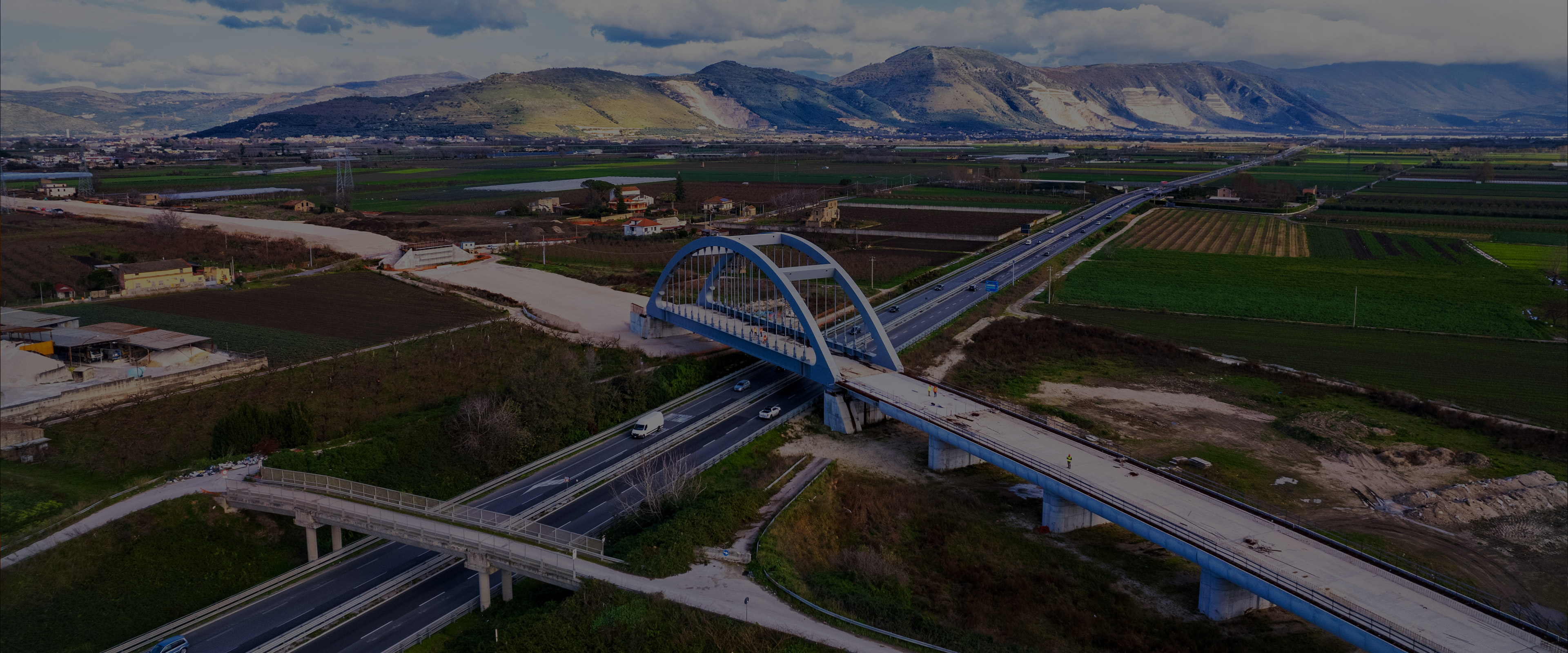
NAPLES-BARI HIGH-SPEED / HIGH-CAPACITY RAILWAY LINE, ITALY
In 1804, Richard Trevithick ignited the world's first steam train. In 1825, George and Robert Stephenson tested the first "line train" (averaging 9 km per hour). And in 1846, Ferdinand II of the Two Sicilies ("Borbone") signed the first decree to start building the Naples-Bari railway, among Italy's oldest (the first was built in 1840: the Naples-Granatello di Portici). It should have been built in just 8 years, but the project had to face the difficult conformation of the Apennines, and the bloody battles of the period: i.e. from the 1848 Revolutions to the Expedition of the Thousand. Garibaldi himself decided to take care of the project, in person, sensing its enormous strategic significance: its upgrading is still among the most important infrastructural developments in Southern Italy in the last 50 years.
It was completed in 1870 and was electrified during the 1920s. It remained in service without any need of being modernised until the 1990s, when works to double the line began. And although today, it is not necessary to circumnavigate half of Italy's ‘boot’ to go from Naples to Bari, one still needs to change at Caserta to board the HS Rome-Bari train. In the 19th century, by comparison, people mainly travelled by sea as roads were few and dangerous, and travelling by land was too long and uncomfortable.
The HS/HC Naples-Bari railway line is part of the Trans-European Transport Network (TEN-T), the European sustainable mobility programme. It will connect the South of Italy to the rest of the nation and to Europe, as well as linking the east and west coasts. It is a huge social and economic integration project for Europe. The Naples-Cancello section is one of the most significant interventions: it will mean that the tracks on the line can serve the Naples Afragola HS line, with cutting-edge solutions, such as the excavation works done in a hyperbaric environment for the Casalnuovo tunnel works.
The impact that the new HS line will have for the South is estimated, annually, at 2.3 million passengers and a 1.6% increase in GDP, as well as making it possible to cut CO2 emissions by over 3 million tonnes over the period between 2023 and 2047. The new double track line will also be safer. It will involve various investments associated with the interconnected infrastructure (some of which are already planned) and a demographic growth of 90,000 people that will help to combat the depopulation of internal areas.
In 2015, over 80% of the local population commuted. When works are complete, the connection between Naples and Bari will take a mere two hours, as compared with the current four hours, whilst Rome to Bari will take only three hours.. When you travel well, your lifespan also increases.
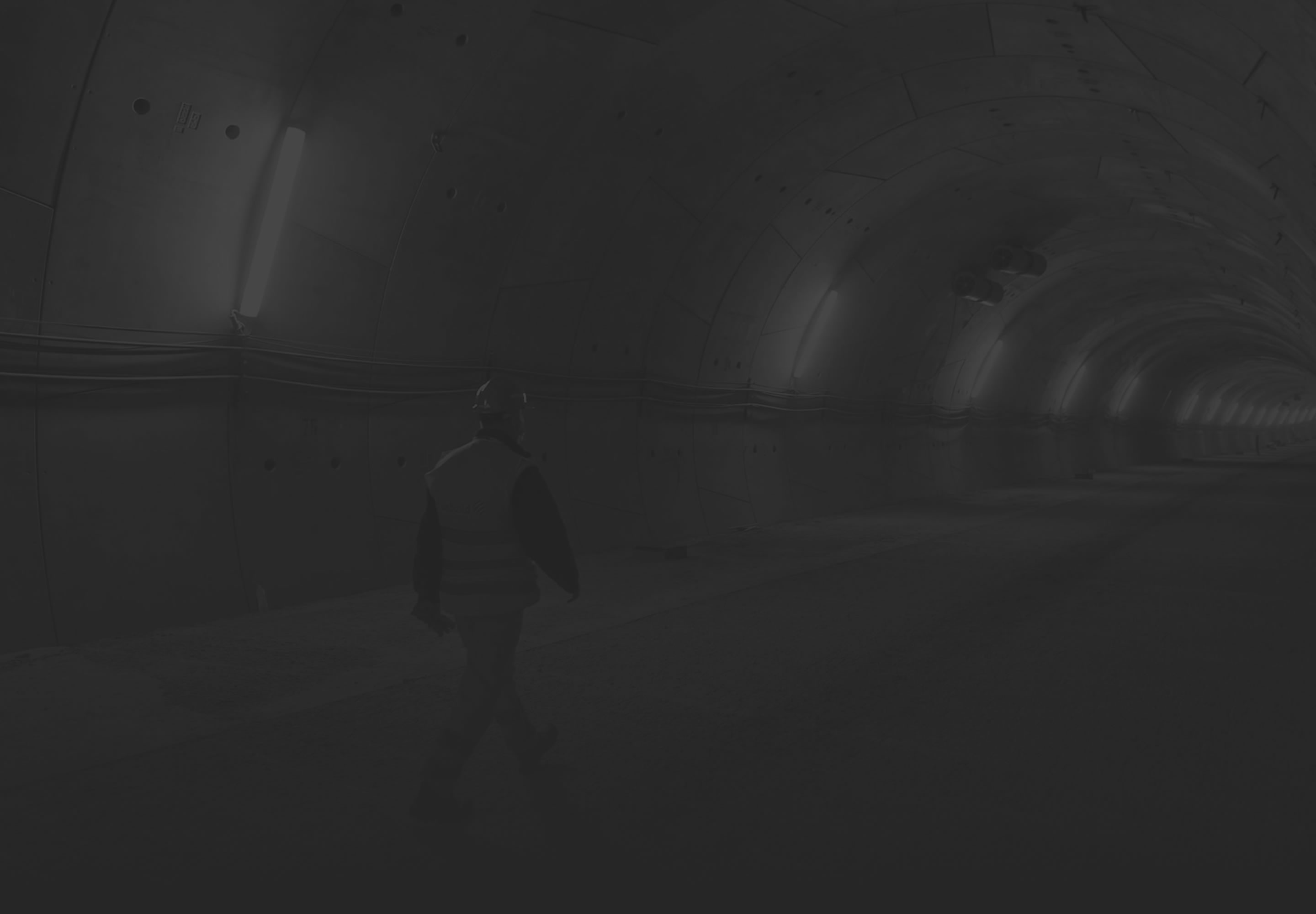
THE WORK AND THE TECHNIQUE
Start of Works: 2018
Contractor: Webuild
Line length: 15.6 km
Start of works: 2020/21
Contractor: Webuild
Length: 18.7 km
Start of works: 2022
Contractor: Hirpinia-Orsara Consortium (70% Webuild, 30% Pizzarotti)
Length of section: 28 km
Start of work: August 2022
Contractor: Orsara-Bovino Consortium (70% Webuild, 30% Pizzarotti)
Length of the section: 11.8 km
Rete Ferroviaria Italiana – RFI (Gruppo FS Italiane)
The high-speed/high-capacity rail line between Naples and Bari will span 145 kilometers, featuring 15 tunnels, 25 viaducts, and serving 20 stations. Its construction—particularly along the Apennine stretch, marked by highly complex geotechnical and geomorphological conditions—will involve the use of no fewer than eight tunnel boring machines (TBMs).

CULTURAL INSIGHTS


Innovation and safety
The construction of the Naples-Bari HS-HC railway line has been one of the most significant interventions made to develop infrastructure in the South of Italy during the last decade. It is important to underline that the new line is an intervention that aims to increase travel speed and reduce travel times. It also aims to increase safety (new instruments and double tracks), passenger capacity (with more trains passing) and overall reliability in a territory where reduced demography has become a significant issue (also because the territory is in the mountains). Political parties of the territory’s local governments are now thinking carefully about bolstering infrastructure for intermodal logistic areas to benefit small local businesses.
Works to upgrade the Naples-Bari line, the main southern line to cross-connect Italy, should end with increased investments for Southern Italy’s interconnected infrastructures (some of which are already planned). In 2015, over 80% of Southern Italy’s population used the train to commute to work, 12% of whom travelled over 31 minutes.
tons of CO2 emissions saved over the 2023-2047 period
reduced travel time between Naples and Bari
expected annual GDP growth
expected annual passengers






